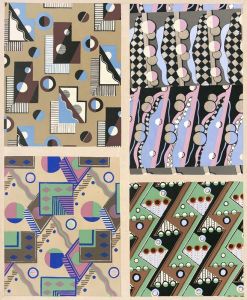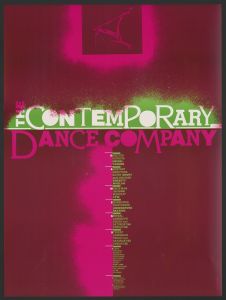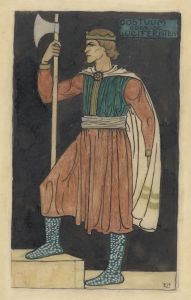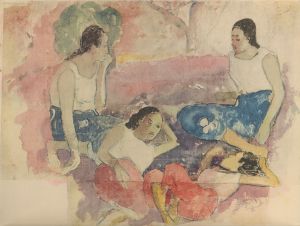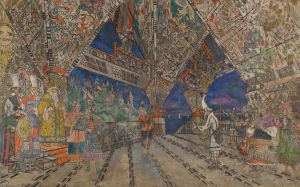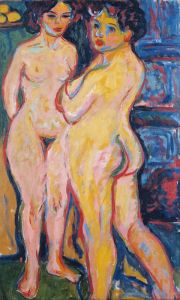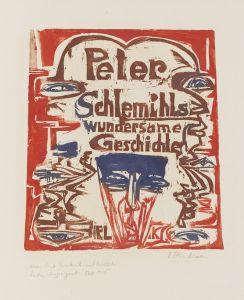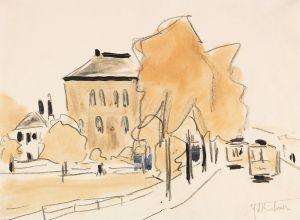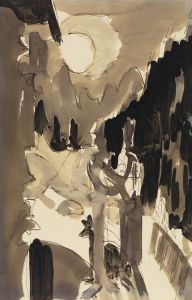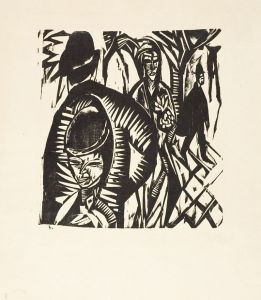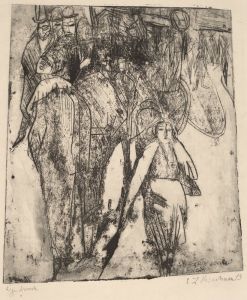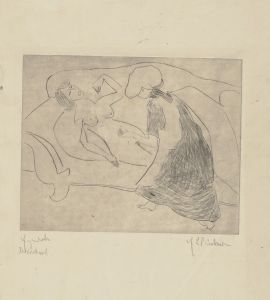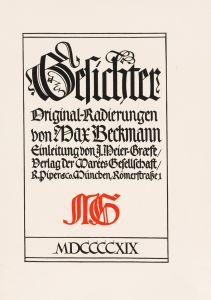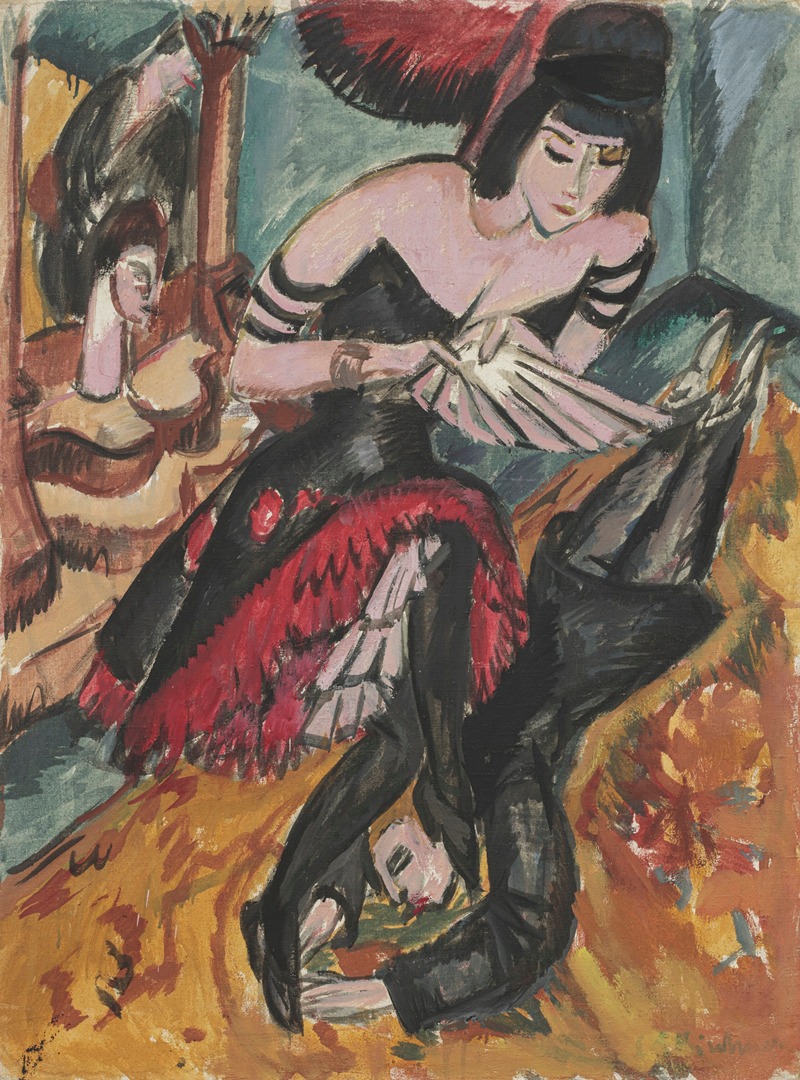
Pantomime Reimann; Die Rache der Tänzerin
A hand-painted replica of Ernst Ludwig Kirchner’s masterpiece Pantomime Reimann; Die Rache der Tänzerin, meticulously crafted by professional artists to capture the true essence of the original. Each piece is created with museum-quality canvas and rare mineral pigments, carefully painted by experienced artists with delicate brushstrokes and rich, layered colors to perfectly recreate the texture of the original artwork. Unlike machine-printed reproductions, this hand-painted version brings the painting to life, infused with the artist’s emotions and skill in every stroke. Whether for personal collection or home decoration, it instantly elevates the artistic atmosphere of any space.
Ernst Ludwig Kirchner was a prominent German expressionist painter and one of the founding members of the artist group Die Brücke (The Bridge), which played a pivotal role in the development of modern art in the early 20th century. Kirchner's work is characterized by its bold use of color, dynamic compositions, and a focus on the human figure, often exploring themes of modernity and the human experience.
"Pantomime Reimann; Die Rache der Tänzerin" is one of Kirchner's works that reflects his interest in the performing arts, particularly dance and theater. The title translates to "Pantomime Reimann; The Dancer's Revenge," suggesting a narrative element that is common in Kirchner's exploration of theatrical subjects. The painting is believed to capture the essence of a performance, possibly inspired by the vibrant cultural scene in Berlin during the early 20th century, where Kirchner spent a significant part of his career.
Kirchner was deeply influenced by the avant-garde movements of his time, and his work often incorporated elements of primitivism and abstraction. His paintings frequently depict dancers, actors, and other performers, reflecting his fascination with the expressive potential of the human body. In "Pantomime Reimann; Die Rache der Tänzerin," Kirchner likely employs his signature style of elongated forms and exaggerated gestures to convey the drama and emotion of the performance.
The painting's composition may feature dynamic lines and vivid colors, typical of Kirchner's expressionist approach, which aimed to evoke emotional responses from the viewer. His use of color was not merely representational but served to express the inner turmoil and intensity of the subjects he portrayed. This approach aligns with the broader goals of the expressionist movement, which sought to convey subjective emotions and experiences rather than objective reality.
Kirchner's work was often a reflection of his own psychological state and his response to the rapidly changing world around him. The early 20th century was a period of significant social and political upheaval, and artists like Kirchner sought to capture the anxiety and excitement of the era through their art. His paintings, including "Pantomime Reimann; Die Rache der Tänzerin," can be seen as a commentary on the complexities of modern life and the role of the individual within it.
Throughout his career, Kirchner faced numerous challenges, including the impact of World War I and the subsequent rise of the Nazi regime, which labeled his work as "degenerate art." Despite these obstacles, Kirchner's legacy endures, and his contributions to the expressionist movement continue to be celebrated. His work remains influential, offering insight into the emotional and psychological dimensions of early 20th-century art.
While specific details about "Pantomime Reimann; Die Rache der Tänzerin" may be limited, the painting is an example of Kirchner's broader artistic themes and his ability to capture the spirit of his time through the lens of expressionism.





![The Harbinger of Autumn [green and violet gradation with orange accent]](/imgs/217154/s/paul-klee-the-harbinger-of-autumn-green-and-violet-gradation-with-orange-accent-295debda.jpg)
